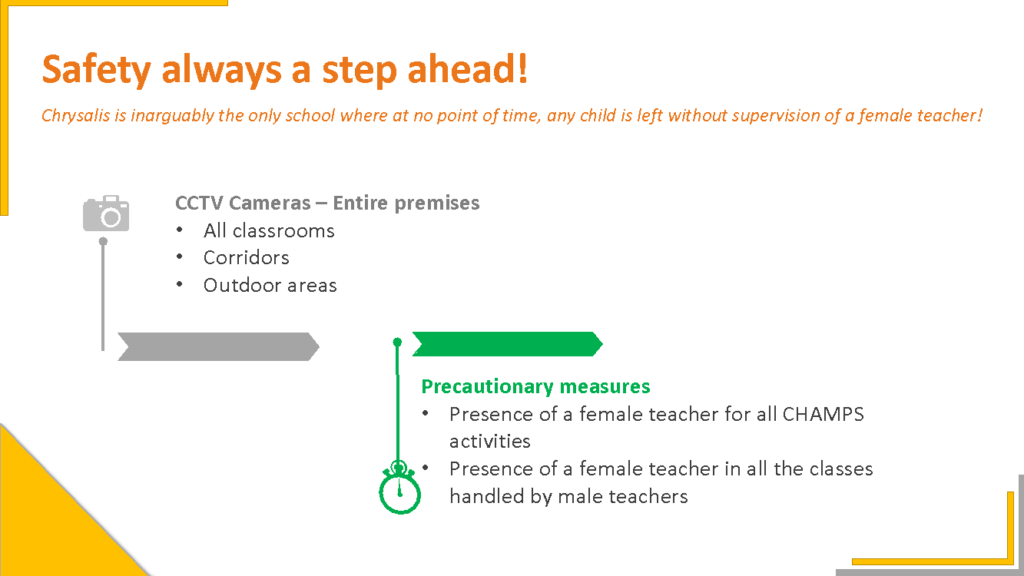Not very long ago there was a time when most of the households used to turn into a warzone at the start of a weekday! Be it jumping off their bed before sunrise, doing morning chores in haste, making breakfast & lunch boxes in a jiffy, or getting ready for work like never before- this regime kept the lovely parents of the World on their toes and made them multitask to the best of their abilities. While all this wasn’t to achieve any professional deadline, it was for a more important goal- to make sure the kids do not get late to School!
We may surmise this era was a decade ago since we are now accustomed to having our kids at home and watching them sit in front of the television. In the initial phase, it indeed was an exciting change – no early morning chores, no getting ready, no commute to school/work; it felt like a dream come true! And why not!? It was a win-win for everyone -Parents started loving their official Zoom meetings wearing shorts, Kids were happy to get personal laptops. “Ghar ka Khaana” concept was taken over by Zomato & Swiggy and movies on Netflix & Prime became a daily affair. We seemed to have a ball!
While some could opine that the pandemic brought many families a much-needed ‘together’ time, certainly there were more demerits than benefits. For some kids, both parents & siblings were at home and helped them stay focused, arrange for enrichment activities, and perhaps “pod-up” with another family to keep socially active. But there are quite a lot of other students who were mostly on their own, both socially and academically. The joy of being with other souls at the school, interacting & playing together, sharing food with them, and growing together each day took a big hit. And this deprivation of social inclusion, by far, was one of the biggest challenges the kids faced during these 2 years. As per an article in the NY Times, Human beings who are chronically lacking in social contact are more likely to experience high levels of stress and anxiety. These, in turn, can damper the well-being of nearly every bodily system, including the brain since a lack of social interactions certainly impacts mental health. The emotional support provided by social connections helps to reduce the damaging effects of stress and can foster a sense of meaning and purpose in life. In a nutshell, social connectedness generates a positive feedback loop of social, emotional, and physical well-being.
Thankfully, now with God’s grace, we are no longer compelled to undergo the online classes routine and are moving back to our traditional” in-person” method from the next academic session. However, this would bring us to the next challenge- After 24 months of remote learning, how can we help kids come back to in-person school? First, let’s understand what we’re facing as kids walk back into school.
Online learning has led to mixed responses from an academic experience standpoint. Some kids adapted to it well & utilized the opportunity, many have fallen behind. However, from teachers’ perspective, evaluating a kid’s academic growth ideally should happen in-person, often including detailed observations and assessments. For some kids, they find it hard to cope up because they simply did not receive the instruction; there indeed has been a gap and this may call for a bit of patience once kids are back to receiving regular instruction. The concern is if kids start to feel an intense concern in their parents or teachers about their progress, they may develop unhelpful anxiety.
As far as social interactions are concerned, some kids will be nervous about going back to school and may have developed an unwanted phobia about school.
However, it is also expected that kids will bounce back into being together faster than adults, as they are naturally structured for adjusting to change, especially when the teachers, exhibit confidence and positivity about the change while at school.
As parents or teachers, we must realize that credible adults inspire kids’ confidence and admiration. What kids see and believe, they become. Every day, we build a legacy for kids to inherit. Let’s choose to be guardians who role model noble traits worth believing in and worth building upon. After all, what goes around, comes around, unabatedly from one generation to the next.
This pandemic has been catastrophic for so many, but still, any experience can become part of a story of growth for all kids. Let us all become the best versions of ourselves & do whatever we can to make our kids’ world blissful again!


